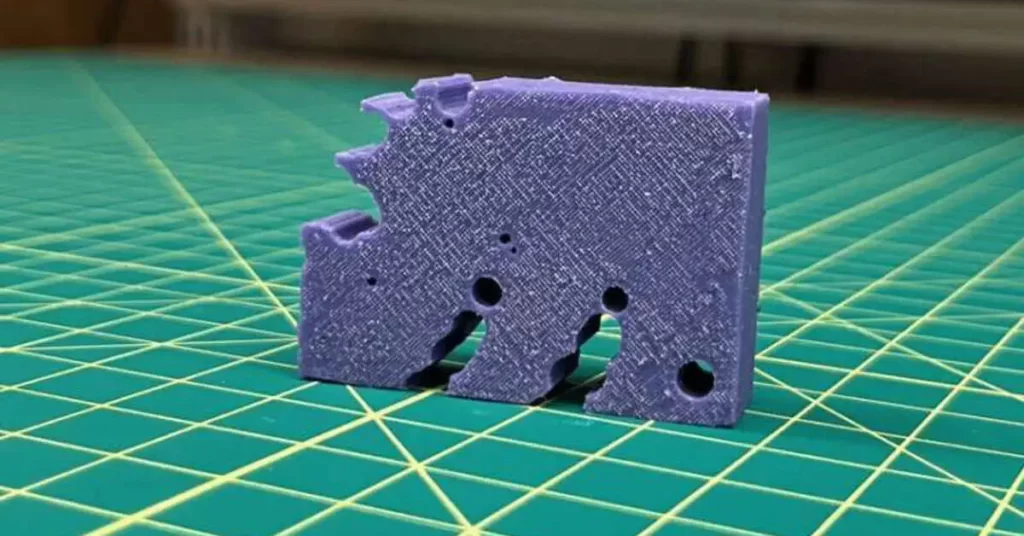In a stunning display of technological prowess, a team of scientists has harnessed the capabilities of AI to create a fully functional walking robot within seconds, defying the slow processes of natural evolution that span billions of years.

The journey through the realm of robotics has been a remarkable one since its inception in the early 1950s. Over the decades, scientists have relentlessly pursued advancements in this field, yielding notable successes such as the automation that drives modern factories. However, challenges persist, keeping researchers hard at work.
While companies like Boston Dynamics have showcased incredible achievements in robotics, the development of robots capable of walking and effectively navigating their environment has taken years of dedicated effort.
Enter the Era of AI-Powered ‘Instant Evolution’
A groundbreaking AI system, meticulously crafted by a team at Northwestern University, has shattered conventional time constraints. In a mere 26 seconds, this AI conceived a walking robot from scratch, and the details of this astounding achievement are set to be published soon in the Proceedings of the National Academy of Sciences.
What sets this AI apart from its predecessors is its ability to generate entirely new systems and structures from the ground up, all while operating on a standard PC. Unlike other AI systems that rely on massive computing power, this revolutionary AI showcases the potential of minimalistic yet highly efficient design.
The process began with the AI being given a singular task: to design a robot capable of walking across a flat surface. According to project leader Sam Kriegman, “We uncovered a remarkably swift AI-driven design algorithm that sidesteps the slow processes of natural evolution, without leaning on human designers’ inherent biases.” The AI was instructed to create a walking robot, and with the press of a button, it swiftly generated a robot blueprint that bore no resemblance to any creature that has ever roamed the Earth. Kriegman aptly named this process ‘instant evolution,’ emphasizing the departure from conventional, protracted design and development timelines.
ALSO READ: Unlock Efficiency and Productivity: The Power of OCR Apps for Your Android Device!
The AI’s journey commenced with a basic block, similar in size to a bar of soap. Through several iterations, the AI scrutinized the design, identified flaws, and adeptly refined the robot’s blueprint. After a mere nine attempts, the result was a robot capable of walking at a pace mirroring the human stride, albeit in a scaled-down format relative to its size.
This remarkable achievement represents a transformative moment in the fields of robotics and AI. It showcases the power of technology in facilitating rapid creation and innovation, effectively bridging the gap between science fiction and reality. As we continue our journey into the era of AI-driven ‘instant evolution,’ the potential for advancements across various domains appears limitless, propelling the future of robotics into a realm of extraordinary possibilities.
Revolutionary Tech: Speed Cameras Now Catch Phone-Addicted Drivers Red-Handed!









